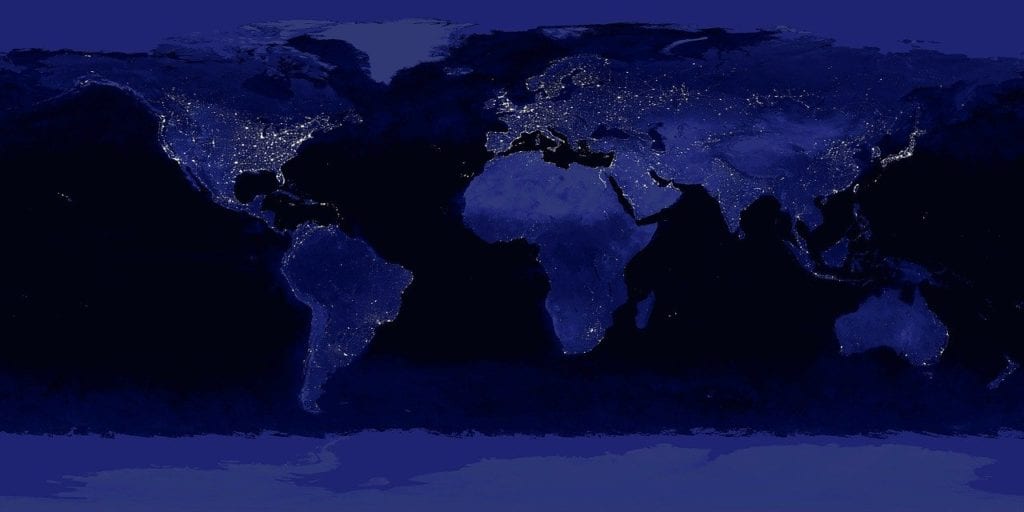According to a story from mmm-online.com, a recent infographic highlights the challenges that rare disease patients worldwide still face when it comes to getting the treatment that they so desperately need. In recent years, there has been an accelerated rate of new orphan drugs being approved to treat rare diseases, particularly in the US and Europe. However, only about five percent of rare diseases have approved treatments.
Availability of treatments for rare diseases is still far worse than for more common ailments. Barriers to access include licensing delays and the very high prices of many rare disease drugs. The infographic quantifies the challenge of treating rare disease in no uncertain terms.
Over 350 million people worldwide have a rare disease with many remaining undiagnosed. More than 40 percent of patients experience delays in treatment due to incorrect diagnoses and they will see more than seven doctors on average before they get the correct one. Over 250 new medical conditions are described by science every year and half of all rare patients are children.
Several stats highlight barriers to rare disease drug access in the European Union. As an example, 80 percent of countries take longer to approved orphan drugs when compared to other treatments. At least that percentage have a lower availability of treatments for rare disease. It also takes an average of 1,141 days before a drug that receives authorization is readily available.
The graphic also demonstrates how access to rare disease drugs can vary drastically between different countries and regions. In 2017, the annual cost for an orphan drug was more than $46,000, with many medicines ranging considerably higher.
However, rare disease research appears to frequently be on the cusp of a significant number of the most important recent medical breakthroughs, with 10 of the 26 most transformative medications being initially developed for treating a rare disease.
These statistics can come across as alarming or disheartening for many rare patients, as they demonstrate just how many barriers can be in the way. Only improvements to research, drug development, and health systems can help close the gap.
What are your thoughts on barriers to rare disease treatment? Share your stories, thoughts, and hopes with the Patient Worthy community!






